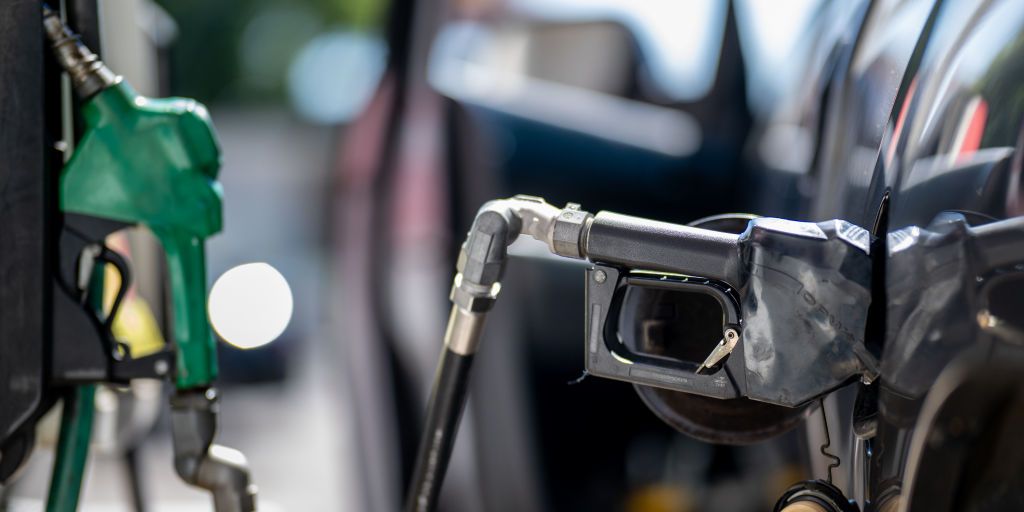High Gas Prices Helped Along by High Heat Records

Heat-related refinery outages helped shut down some petroleum refining capacity in the U.S. last month, and drivers are noticing the changes at the pump.The national average gas price for a gallon of gas shot up to $3.82 this week, the highest since October 2022.Other factors contributing to your paying more to fill up are rising prices for a barrel of oil and lower gasoline inventory supplies. And if more hurricanes arrive soon, they may cause prices to climb again.
If you’re still pumping your car full of liquid energy, you’ve probably noticed a higher price recently. You’re not alone. Gas prices have reached a nine-month high nationwide, thanks to both familiar and unexpected causes.
During the last week of July, the average price of a gallon of gasoline shot up 16.5 cents, to $3.72 a gallon, according to GasBuddy. Diesel fuel also shot up 15.5 cents to an average of $3.99 per gallon. On August 3, GasBuddy saw the national average rise to $3.82 a gallon, the highest since October 2022.
Those price spikes were due to three main factors, GasBuddy’s head of petroleum analysis, Patrick De Haan, said in a statement: heat-related refinery outages, strong summer demand for gasoline, and gasoline inventories that were at their lowest July level since 2015.
Strong demand and low inventories are classic high-gas-price triggers, but heat-related outages are less common. AAA, which tracks gas prices, said the extreme heat we’re all experiencing this summer meant some U.S. refineries, especially those near the Gulf of Mexico, had to cut back. Due to the high heat, the U.S. refined around 500,000 fewer barrels a day than usual.
Hottest Month Ever
July was the hottest month in all of recorded human history. The transportation sector, including personal cars and trucks as well as commercial vehicles, airplanes, and trains, is one of the most significant contributors to anthropogenic U.S. greenhouse gas (GHG) emissions, which contribute to climate change. Transportation accounted for almost a third (29 percent) of all U.S. GHG emissions in 2021.
Gas station in Austin, Texas, on August 3, 2023.
Brandon Bell|Getty Images
The heat wave is only partly responsible for the high gas prices, however. The cost of a barrel of oil started climbing in July from the high-$60s to mid-$70s that we saw in May and June to more than $80. AAA said the recent increase was due to the end of releases from the strategic petroleum reserve and “concerns over cuts in supply from Saudi Arabia and Russia, the second- and third-largest oil producers in the world.” GasBuddy said gasoline inventories are also down 2.8 percent from a year ago and 6 percent below the five-year average for this time of year.
So, what happens next? AAA said in a statement this week that the good news is that the price hikes have started to level out and that further price decreases could be on the way. Gas could also get more expensive if this year’s hurricane season puts further strains on gasoline production. As De Haan said, “Drivers may want to brace for potentially higher prices yet.”

Contributing Editor
Sebastian Blanco has been writing about electric vehicles, hybrids, and hydrogen cars since 2006. His articles and car reviews have appeared in the New York Times, Automotive News, Reuters, SAE, Autoblog, InsideEVs, Trucks.com, Car Talk, and other outlets. His first green-car media event was the launch of the Tesla Roadster, and since then he has been tracking the shift away from gasoline-powered vehicles and discovering the new technology’s importance not just for the auto industry, but for the world as a whole. Throw in the recent shift to autonomous vehicles, and there are more interesting changes happening now than most people can wrap their heads around. You can find him on Twitter or, on good days, behind the wheel of a new EV.







